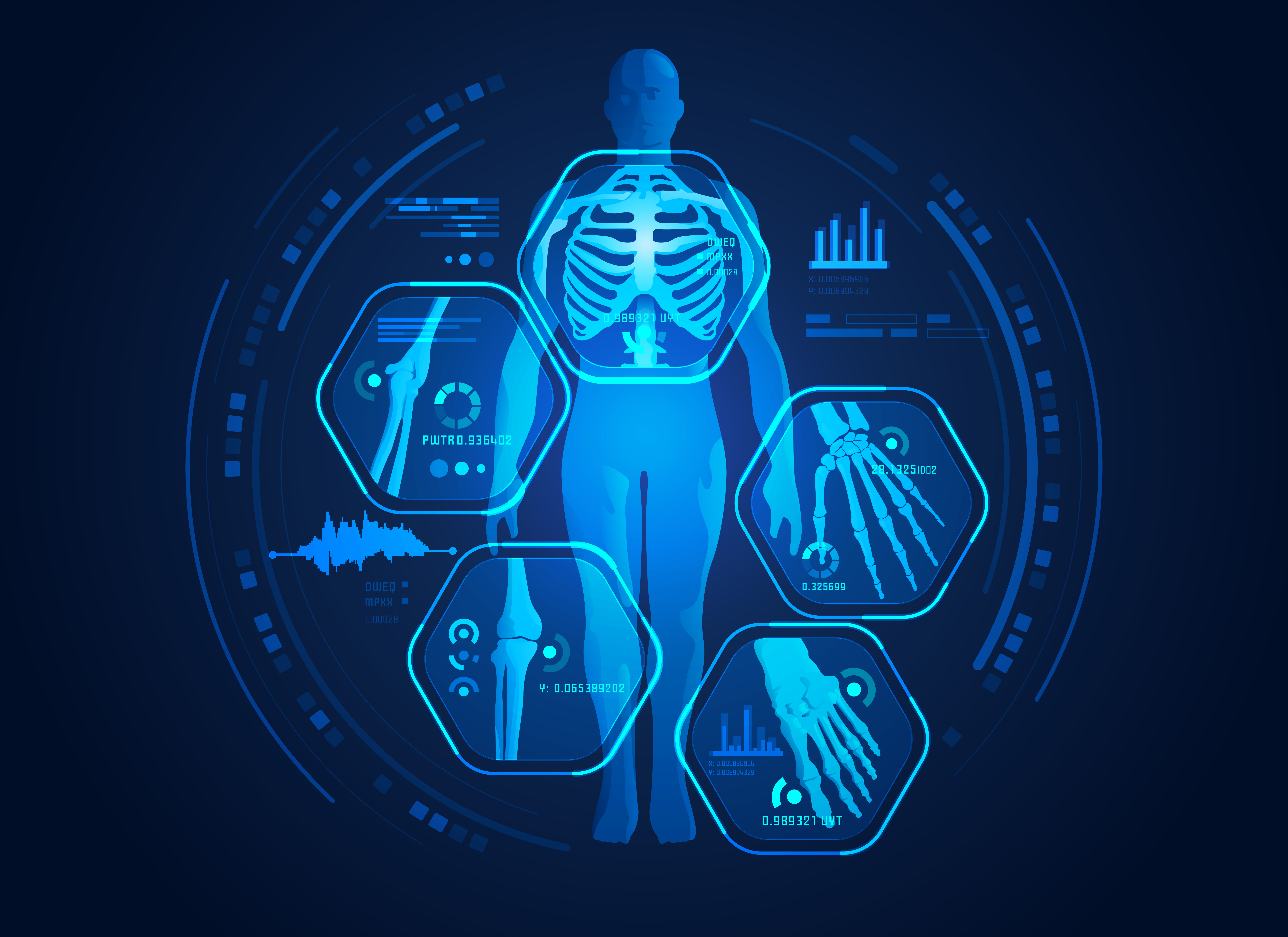
A recent Australian study found that an AI tool was able to assess a patient's risk of osteoporosis from x-ray and CT reports much better than the traditional method of manual review by healthcare professionals.
For the study, the researchers developed the X-Ray Artificial Intelligence Tool (XRAIT), which uses natural language processing to screen radiology reports for fractures and identify patients who have not been recognized as having osteoporosis or been treated yet for the condition.
Among 433 likely osteoporotic fractures logged in the electronic health records of an emergency department across three months, XRAIT correctly identified 421 true fractures and 12 false positives, for an analytical sensitivity and specificity of 99% and 99.5%, respectively, reported lead author Christopher White, PhD, of the Prince of Wales Hospital in Randwick, Australia.
"The process of [managing] osteoporosis is fractured itself because the person you see to manage the fracture is not the person charged with the responsibility of fixing it," White explained in a virtual press conference. "This is about trying to create that connection using information that's already in the system.”
Depending on a fracture’s location, 80% of fracture patients with osteoporosis leave the hospital without treatments for the condition, White said.
"We have a responsibility and duty of care, and there was a time where there was nothing you could do, but that is no longer the case," White said. "We need to identify those 80% who are leaving [the hospital] who have been identified without actually getting a response to close that loop.”
Said study co-investigator Jacqueline Center, MBBS, Ph.D., head of the Clinical Studies and Epidemiology Lab at Garvan Institute of Medical Research in Sydney, Australia, “With XRAIT, limited healthcare resources can be optimized to manage the patients identified as at risk rather than used on the identification process itself. By improving identification of patients needing osteoporosis treatment or prevention, XRAIT may help reduce the risk of a second fracture and the overall burden of illness and death from osteoporosis.”
According to the National Osteoporosis Foundation, “about 54 million Americans have osteoporosis and low bone mass, placing them at increased risk for osteoporosis. Studies suggest that approximately one in two women and up to one in four men age 50 and older will break a bone due to osteoporosis.”
The researchers also tested XRAIT on digitized radiology reports from a group of older patients, over age 60, accurately detecting fractures nearly 7 out of 10 times and correctly identifying patients without breaks 9 out of 10 times.


